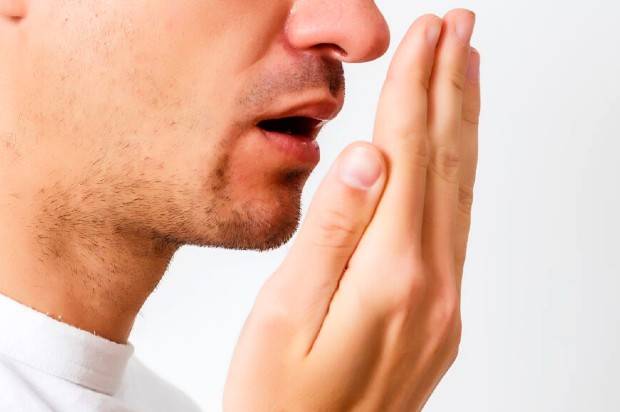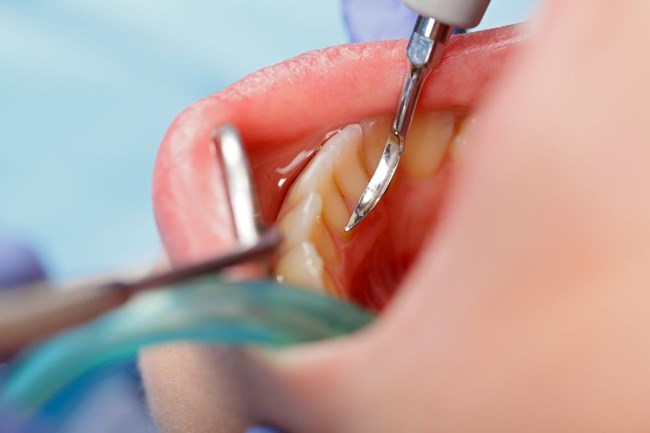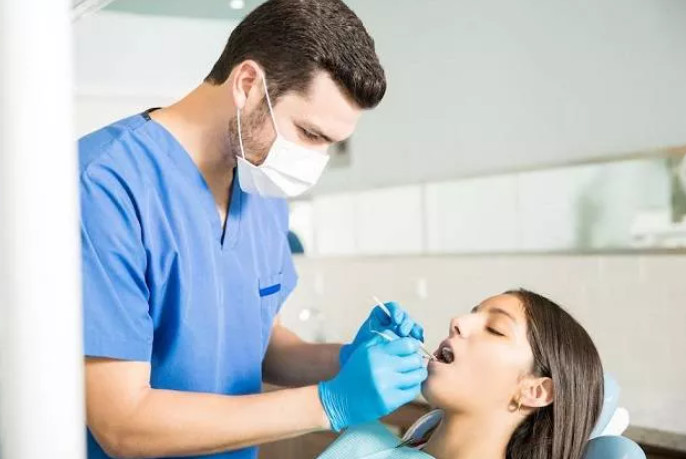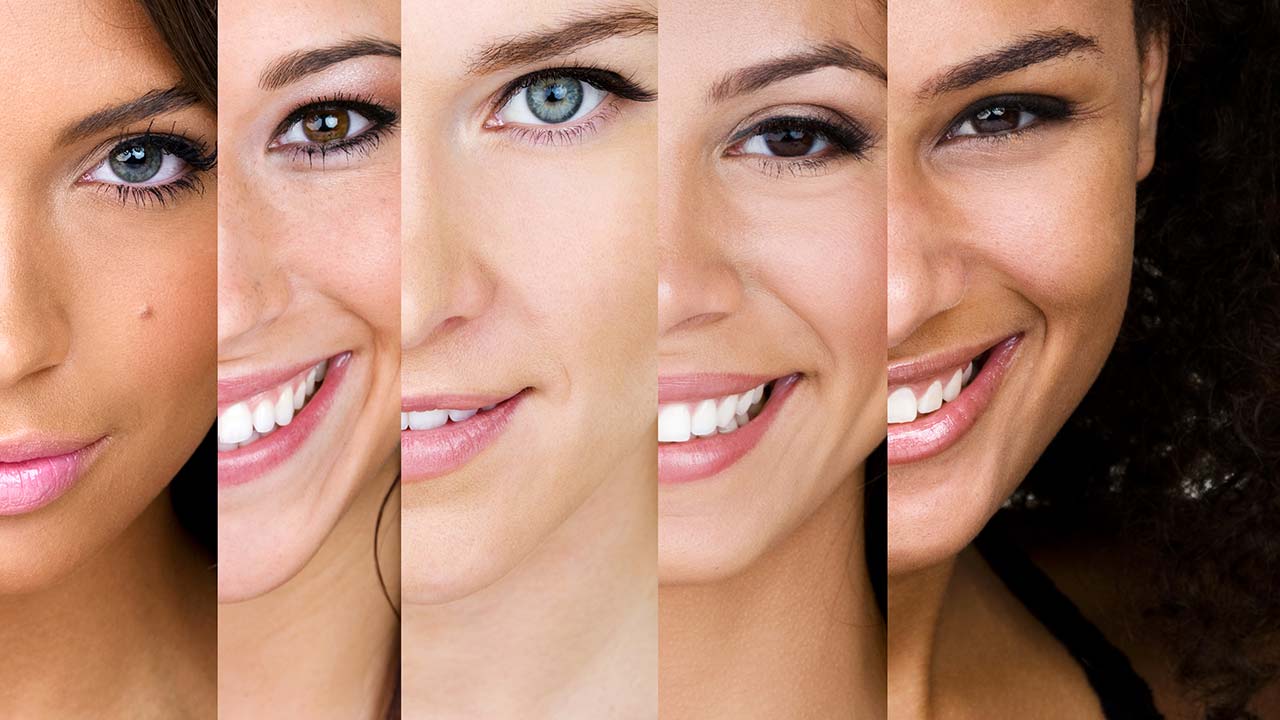What is dental bleaching? Side effects and benefits
Whitening your teeth with dental bleach is one of the best ways to get rid of yellow teeth. By using bleaching products (hydrogen peroxide or carbamide peroxide), you can whiten your teeth, removing plaque and jaundice, and you should know that this is a chemical process.
Teeth can become yellow or stained for a variety of reasons. It is safe to brighten and whiten them. There are several options for whitening your teeth, and you can either visit your dentist or use whitening products at home; although there may be side effects to dental bleaching, follow the product instructions.
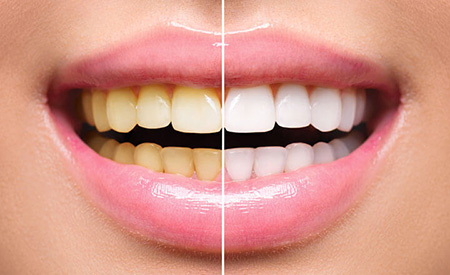
Reasons for discoloration of teeth:
The cause of jaundice is different, and sometimes colored foods such as tea, coffee can change the color, or the disease can cause the teeth to yellow.
Exterior color change
You change the color of your teeth when you have tooth decay caused by food, drink, or smoking habits. Coffee, tea, red wine, colored foods, and tobacco can all cause discoloration of your teeth.
Intrinsic color change
Teeth discoloration may be caused by drugs in childhood, diseases, infections, and aging.
If you want whiter teeth or the natural color of your teeth, you may need to change its color.
Teeth whitening methods in the dental office:
We will conduct an initial consultation to determine whether you are a good candidate for teeth whitening.
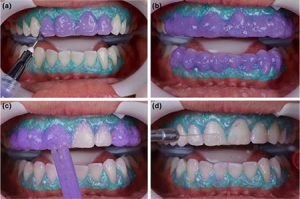
Step two
A dentist can help you decide when you are a good candidate for dental bleaching, and a dentist will professionally clean your teeth.
Dental bleaching should not be part of your natural health regimen. It is an effective way to brighten your teeth.
Step three
The dentist will examine your teeth to ensure there are no other issues. Lines, holes, or gums that may irritate the white process are assessed.
To view the final results, your dentist may take a picture of your teeth.
The fourth step
A resin or protective gel is used by dentists to protect the gums. Next, the main gel, which is white, should be applied to the teeth for half an hour. Lasers can be used to enhance the results of the teeth whitening formula while it is on your teeth. Once these steps are completed, you should begin to see results immediately.
Dental care after dental bleaching:
While your teeth may appear whiter in the office, you’ll need to wait a few days to see real results. You can have other treatments if you want whiter teeth.
You can also use home remedies to help whiten your teeth. Everyone wants to have white, shiny teeth. It is good news that teeth whitening usually takes up to 18 months to show results. Lifestyle factors also play a role.
The most important benefit of dental bleaching is:
It is usually not necessary to shave the teeth or do other work to prepare the teeth for laminating. This makes it a quick and easy way to whiten teeth.
Since shaving the teeth can cause problems such as erosion of the enamel, dental bleaching has fewer side effects on the teeth.
Whiter teeth make people feel more confident. People with a perfect smile and beauty are more beautiful if they look beautiful.
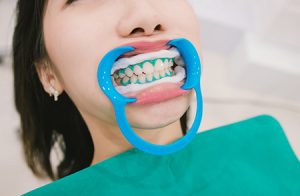
Dental bleaching has the following side effects:
Most people who use teeth whitening products do not experience any side effects and are satisfied with the results. During dental bleaching, some people may experience one or more of the following side effects:
You may notice that your teeth become more sensitive after dental bleaching.
Bleaching may cause soft tissue irritation, also known as chemical burns, if soft tissue is present next to gingival tissue during the bleaching process.
The results may not be what you expected depending on the color of your teeth. If you have dark or colored teeth, you may not notice a change in their color after belching. Too much whitening can make your teeth appear gray or clear.

